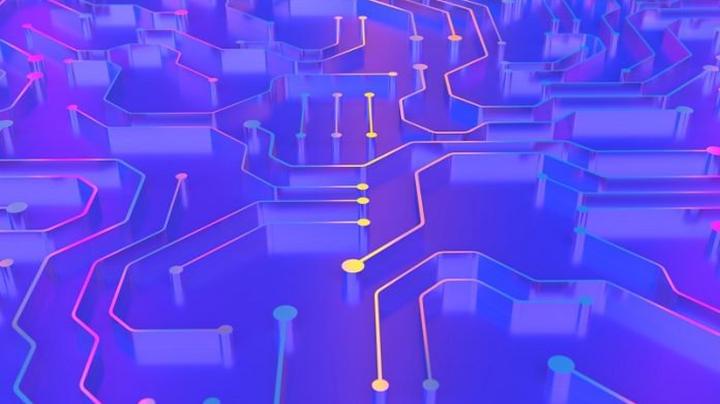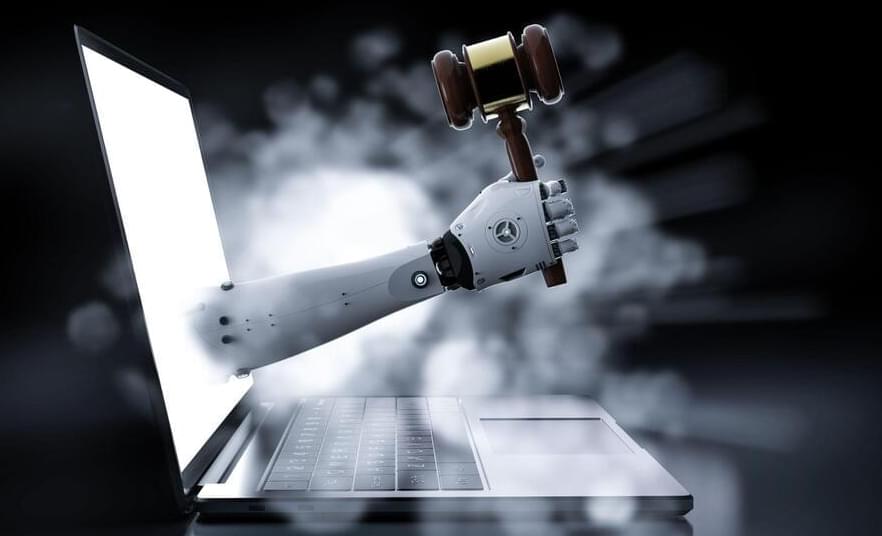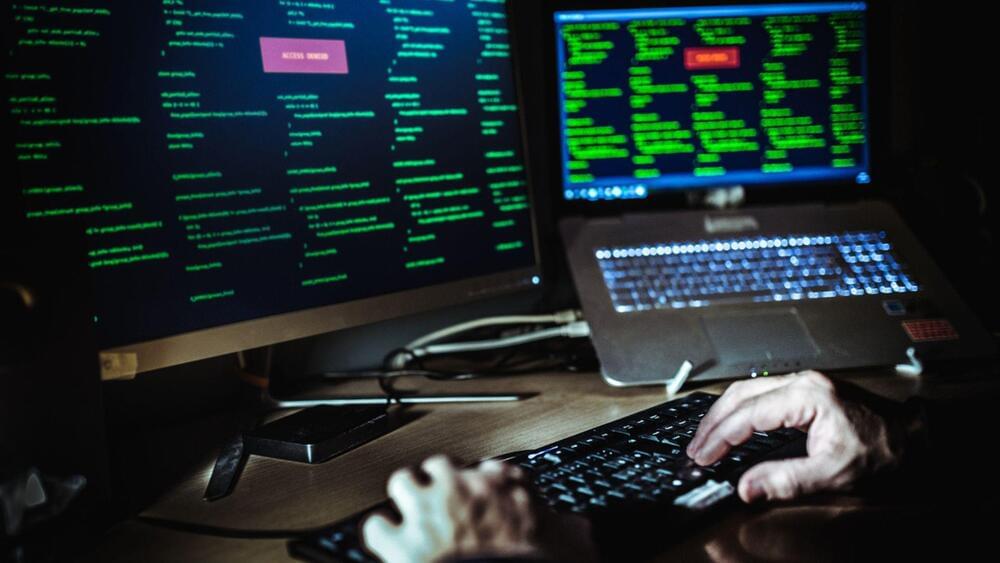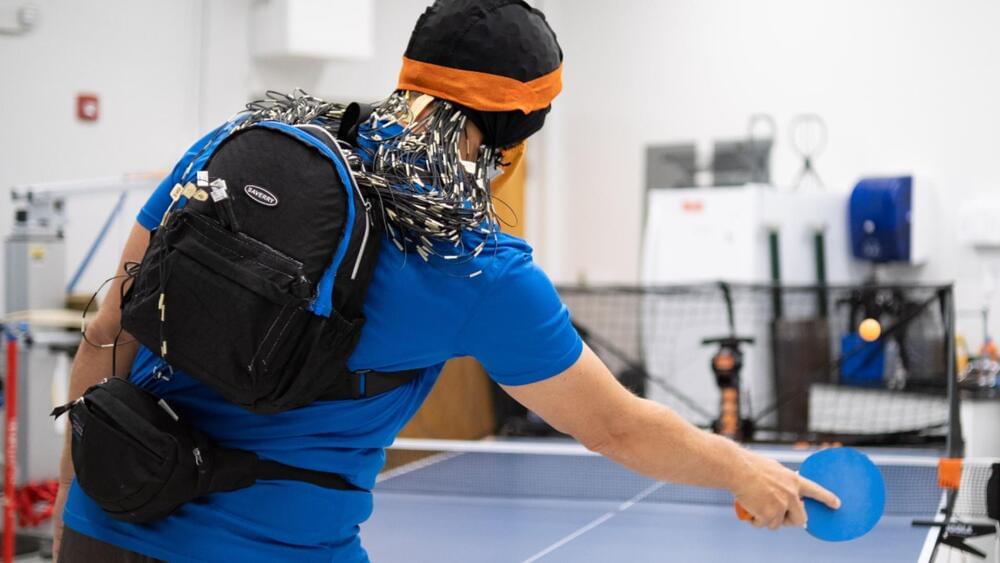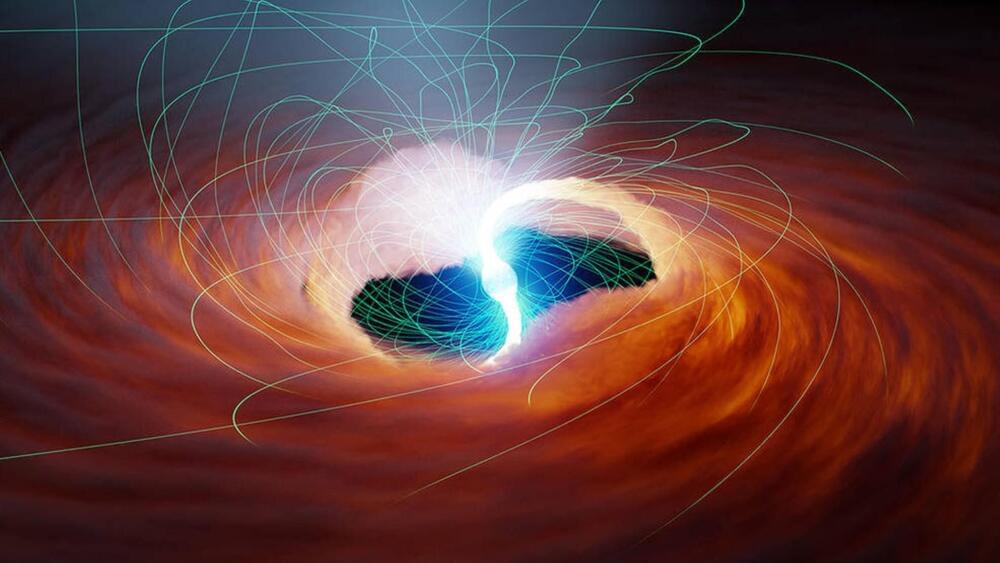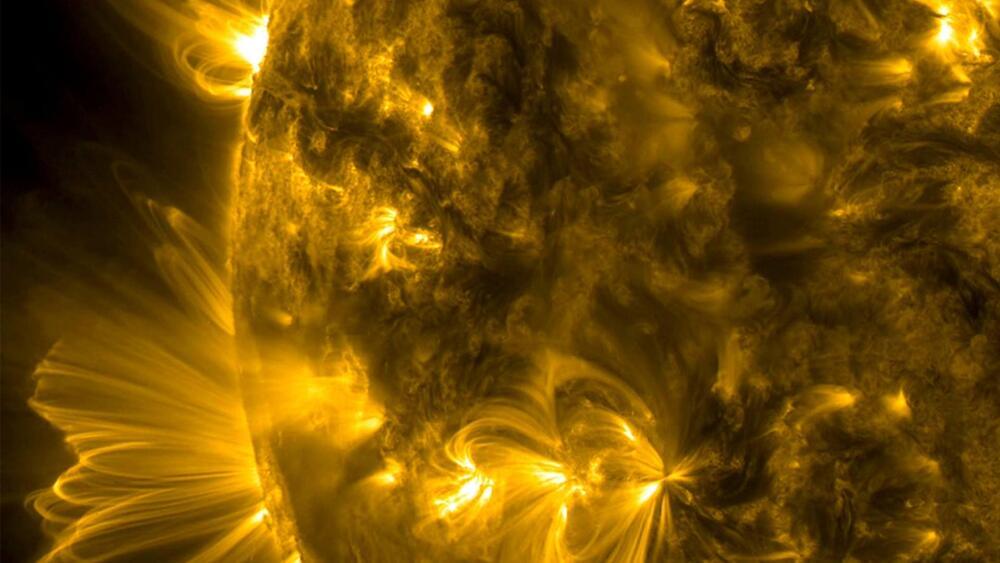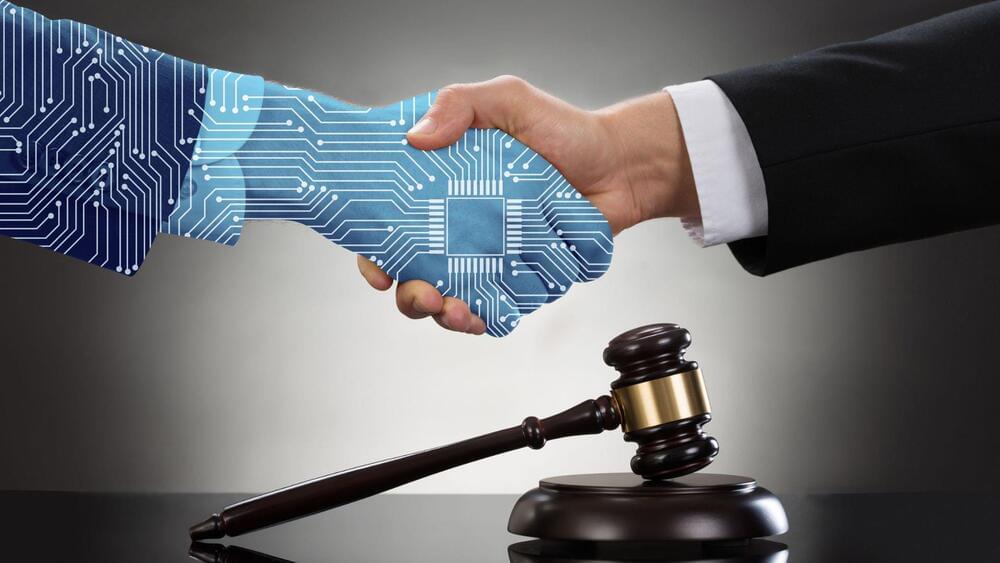Get a Wonderful Person Tee: https://teespring.com/stores/whatdamath.
More cool designs are on Amazon: https://amzn.to/3wDGy2i.
Alternatively, PayPal donations can be sent here: http://paypal.me/whatdamath.
Hello and welcome! My name is Anton and in this video, we will talk about the suggestion that horizons from black holes and the expansion of the universe cause the quantum collapse into reality.
Links:
https://arxiv.org/pdf/2301.00026.pdf.
#quantumphysics #blackhole #universe.
0:00 What this study is trying to solve.
2:05 Applying Einstein principles to Quantum Physics.
4:00 Do black holes server as observers?
5:00 What about the edge of the universe?
6:45 Does this prove universe is conscious? (no)
Support this channel on Patreon to help me make this a full time job:
https://www.patreon.com/whatdamath.
Bitcoin/Ethereum to spare? Donate them here to help this channel grow!
bc1qnkl3nk0zt7w0xzrgur9pnkcduj7a3xxllcn7d4
or ETH: 0x60f088B10b03115405d313f964BeA93eF0Bd3DbF
Space Engine is available for free here: http://spaceengine.org.
